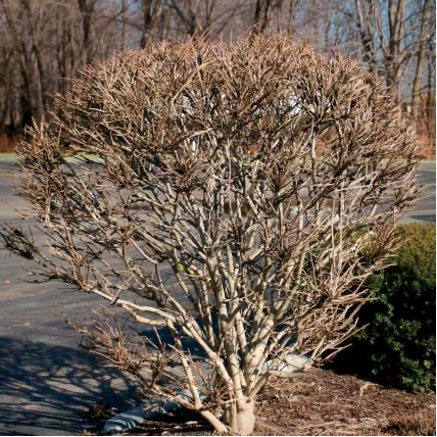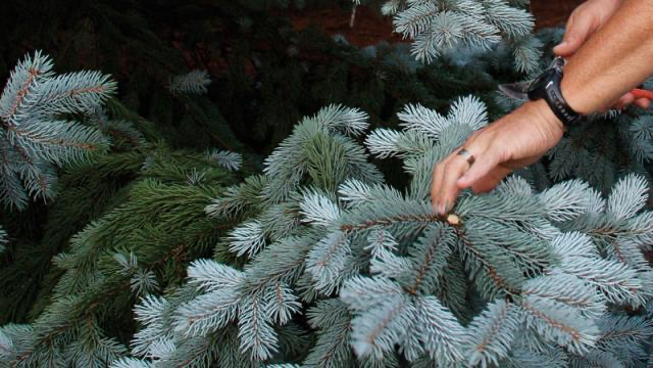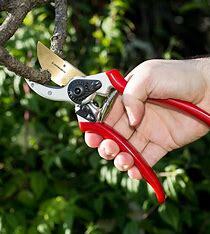Rose Care

Summer Pruning:
Roses that bloom on the previous season’s growth need different pruning than repeat bloomers. Remove old, unproductive canes and spindly new canes after flowering. Do not deadhead (remove faded flowers); it prevents the formation of the attractive fruits known as hips.
For repeat blooming roses, deadhead all spent flowers throughout the seaon. Make your cut back to a leaf with 5 leaflets. On plants with flowers that bloom in clusters, cut the entire cluster where the stem joins the cane.
Climbing and rambling roses. Deadhead repeat-flowering climbers. There’s no need to deadhead ramblers. Continue training ramblers and climbers onto their supports.
Watering: Water established roses deeply at soil level (don’t allow the leaves to get wet) once a week when it hasn’t rained; twice a week for roses planted in spring.
Weeding: Remove weeds as necessary, and mulch around the base of your roses to discourage weeds from sprouting.
Feeding: Compost or manure spread each spring is enough for roses that bloom once a year. For repeat-flowering roses, give these a boost with a fertilizer that promotes blooms. Just don’t overdo it. Excessive fertilizer can lead to soft, weak growth that attracts insects.
Pests and diseases: If you start with varieties suited to your conditions and plant them in full sun, with fertile soil, steady air circulation, and plenty of water, you’ve taken the most important steps in preventing problems. There are so many insects and diseases that can affect roses that we will leave it in your court to contact us if you notice any problems and we will be glad to help.

















